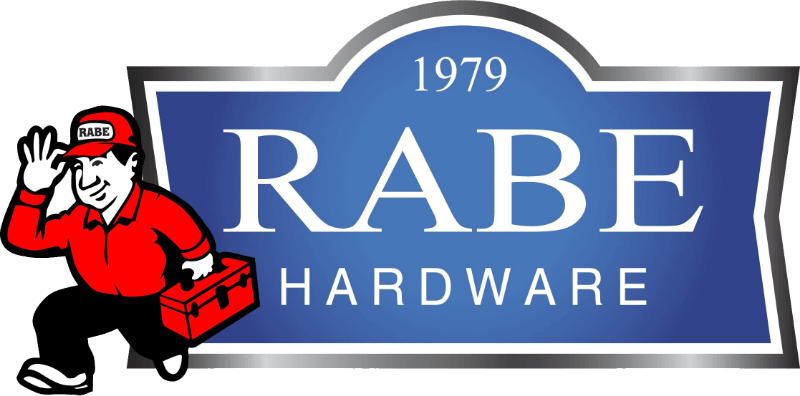The heart of a geothermal system is the in-ground loop field (geothermal loops). The loop field is a system of underground polyethylene pipes that are a heat source in winter and a heat sink in summer. These pipes are heat-fused at 525 degrees and are used to circulate a non-toxic and non-corrosive solution containing 75% water and 25% propylene glycol. The thermally conductive solution is then circulated thru the pipes, where it collects the earth’s thermal energy. The collected thermal energy is then transferred to the indoor geothermal unit, where it is used to heat and cool a space.
To determine the type and size of a geothermal loop field we consider the climate, soil, size, and efficiency of the building and its orientation. The loop field design should be performed by an IGSPHA-certified contractor to ensure the contractor has received the training and experience to properly design and install a geothermal loop field.
There are four types of loop systems used in geothermal heating and cooling that can turn your backyard into a source of energy. A closed-loop system, which uses a branch loop of the pipe as a heat exchanger includes horizontal, vertical, and pond loop systems. Horizontal and vertical systems are both installed in the ground and if lawn space is a concern, a typical vertical loop only requires a 12’x12’ area of green space. A pond/lake system is installed in a body of water and requires a minimum of one acre of surface area at a minimum depth of twelve feet and needs to be located within two hundred feet of the building. Open-loop systems are the fourth type and use clean groundwater from a conventional well as a heat source in winter and a heat sink in summer. Between open- and closed-loop systems, there is no significant difference in operating cost and efficiency.
There are two methods used to install polyethylene pipes. The most popular method, directional boring, is ideal for existing homes and buildings because it’s non-invasive and doesn’t disrupt sidewalks, lawns, and/or landscaping. The other more cost-effective method is a slinky loop installation, which requires excavation and can result in unwanted ground settling. This method is a good option for new construction.
Geothermal loops have a surprisingly long lifespan. Assuming the loop field has been installed properly, it can last as long as the polyethylene pipes, which have a 50-year manufacturer’s warranty. This long lifespan coupled with little maintenance reduces the lifetime cost of the complete geothermal system.
Link to our Proud Green Home blog, A Geothermal Revolution is the Best Solution, and other resources!
